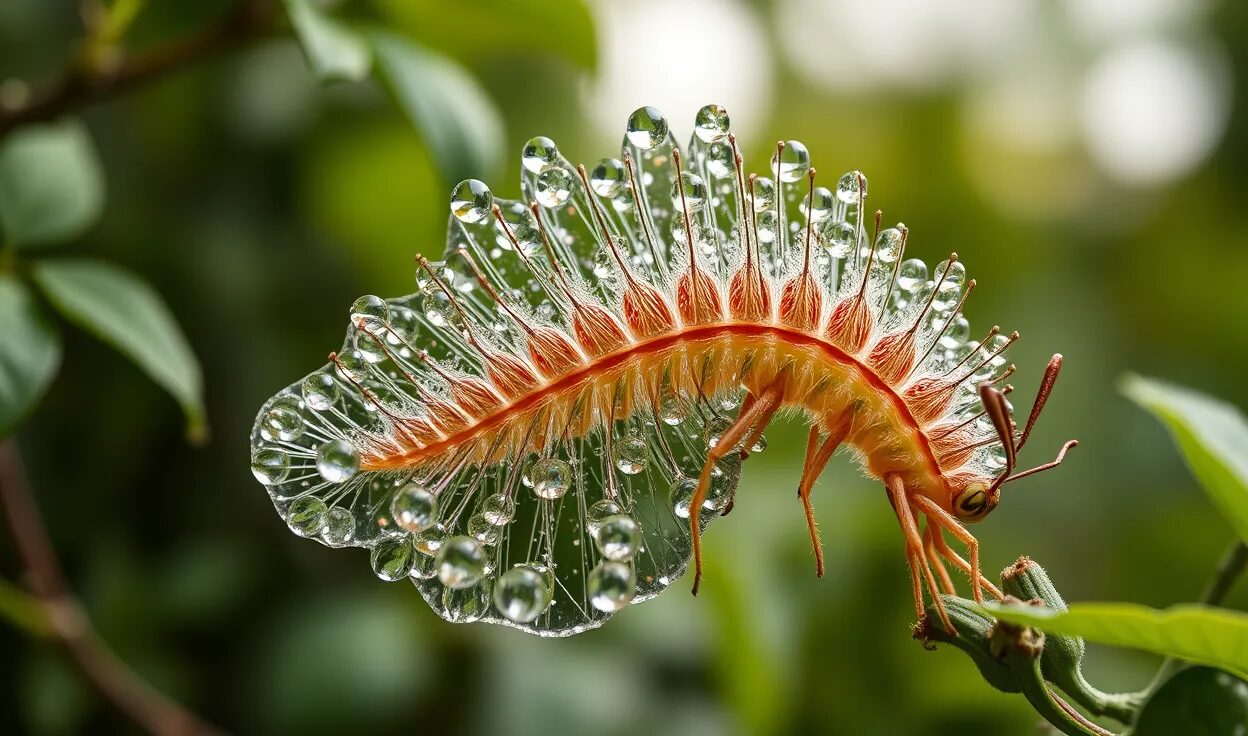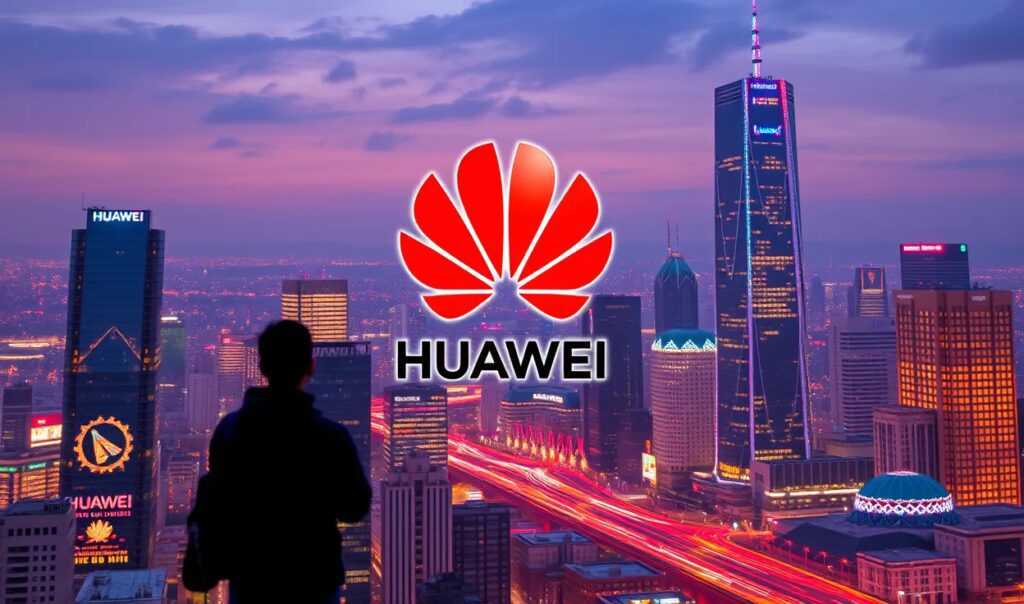
Harnessing the power of biomimicry offers a revolutionary path toward developing sustainable AI systems. By mimicking the processes and designs found in nature, we can create AI that thrives alongside our planet rather than competing with it.
What Is Biomimicry and Why Is It Vital for AI?
Understanding Biomimicry in Simple Terms
Biomimicry is the practice of drawing inspiration from nature’s designs, systems, and processes to solve human challenges. Nature has optimized its solutions over billions of years, crafting strategies that are energy-efficient, resilient, and sustainable.
For AI, biomimicry offers a blueprint for reducing environmental impacts while enhancing adaptability and robustness. It’s not about copying nature but learning from it.
The Environmental Imperative for AI
AI technologies, especially machine learning, require massive computational resources, leading to significant energy consumption. Training a single large AI model can generate a carbon footprint equivalent to multiple transatlantic flights. Integrating biomimicry principles could cut this burden, aligning AI development with sustainability goals.
How Nature-Inspired Algorithms Are Shaping AI
Swarm Intelligence: Learning from Insects
Insects like ants and bees demonstrate swarm intelligence, where decentralized groups solve problems collectively. AI can use this concept to build systems that optimize resource usage and minimize waste.
- Example: Algorithms inspired by ant foraging have been applied in network optimization, reducing energy costs in data centers.
- Benefit: These systems are inherently scalable and efficient, making them ideal for managing smart grids or autonomous vehicle fleets.
Neural Networks Inspired by the Brain
The human brain is nature’s ultimate computer. By mimicking its structure and processes, AI has developed artificial neural networks capable of deep learning.
While we’ve already drawn much from the brain, there’s room to refine energy efficiency. For instance:
- Emulating the brain’s spike-based communication could revolutionize how AI systems process information, reducing their energy demands dramatically.
Materials and Energy: Lessons from Living Systems

Energy Efficiency in Photosynthesis
Plants are masters of energy conversion through photosynthesis, a nearly zero-waste process. AI systems can benefit by adopting self-regulating energy systems, inspired by how plants manage resources like sunlight and water.
- Potential innovation: Developing solar-powered AI processors designed to maximize energy use with minimal input.
Circular Design in Biological Systems
Living organisms recycle resources seamlessly. By applying this circular principle to AI, we can:
- Design hardware that’s easy to reuse or recycle.
- Create software that minimizes redundant computation, mirroring how nature avoids waste.
Dynamic Adaptation: Resilience in Natural Ecosystems
Self-Healing AI Systems
Ecosystems heal themselves after disturbances. AI systems could adopt this self-repair mechanism to recover from failures or cyberattacks without requiring extensive human intervention.
- Example: Algorithms inspired by coral reef recovery are being tested to create resilient network infrastructures.
Adaptation Through Feedback Loops
Nature relies on feedback loops for balance. AI can use this concept to build models that adapt in real-time, optimizing themselves based on environmental conditions.
- Application: AI systems managing renewable energy grids could dynamically adjust power flow depending on supply and demand.

The Role of Ecosystem Thinking in AI Development
Collaboration Over Competition
Nature’s ecosystems thrive on interdependence, where organisms cooperate for mutual survival. Applying this mindset to AI encourages collaborative development rather than siloed innovation.
- Example: Open-source AI platforms that share resources and insights across organizations, reducing redundancy and promoting efficiency.
- Impact: This reduces the environmental footprint of duplicative efforts, aligning the AI industry with sustainable development goals (SDGs).
Biodiversity as a Model for Diversity in AI
Diverse ecosystems are more resilient and productive. Similarly, diverse AI models trained with varied data sources can perform better across different contexts while reducing bias.
- Practical insights: Encourage multi-disciplinary approaches to AI development, integrating perspectives from ecology, sociology, and ethics.
Real-World Applications of Biomimicry in AI
Sustainable Urban Planning
AI systems inspired by the root networks of trees are revolutionizing urban planning. These systems:
- Optimize resource distribution, such as water and energy, across cities.
- Use algorithms that mimic tree roots to enhance connectivity while minimizing waste.
Agriculture and Food Security
Farmers are leveraging AI models based on pollinator behavior to enhance crop yields. These systems:
- Predict optimal planting times.
- Suggest natural pest control methods, reducing the need for chemical pesticides.
Climate Modeling and Conservation
AI is critical in fighting climate change. Biomimicry enables the creation of models that mimic:
- Ecosystem dynamics to predict environmental changes.
- Migration patterns to better design wildlife corridors and conservation areas.
Challenges and Limitations of Biomimicry in AI
Balancing Complexity with Practicality
Nature’s designs can be intricate, and translating them into AI systems isn’t always straightforward. Developers face challenges in:
- Ensuring feasibility while maintaining fidelity to nature’s principles.
- Balancing innovation costs with environmental benefits.
Ethical Considerations
While biomimicry emphasizes sustainability, AI models still need ethical frameworks to prevent misuse. For instance:
- Swarm intelligence could be applied in harmful ways, such as in surveillance systems.
- Transparent guidelines must ensure that nature-inspired AI aligns with human values.
How Businesses Can Embrace Biomimicry in AI
Building a Green Development Framework
Businesses can adopt a green AI manifesto, committing to biomimicry principles at every stage of development. This includes:
- Using renewable energy sources for training models.
- Prioritizing eco-friendly hardware and software solutions.
Partnering With Ecologists
Collaboration between AI developers and ecologists can uncover innovative solutions. These partnerships bridge the gap between technology and sustainability, ensuring that AI supports planetary health.
By merging biomimicry with AI, we can create systems that do more than mimic life—they help sustain it. Nature already holds the solutions we seek; it’s time we learn to listen.
FAQs
Are there successful examples of biomimicry-inspired AI in use today?
Yes, several real-world applications demonstrate the power of biomimicry in AI. For instance:
- Ant colony algorithms optimize delivery routes, saving fuel in logistics.
- Swarm robotics, inspired by bee colonies, is being used for disaster response, such as searching for survivors in collapsed buildings.
- Leaf vein networks guide the design of water distribution systems in smart cities, ensuring efficiency with minimal waste.
These examples show how biomimicry can address diverse challenges while prioritizing sustainability.
Is it feasible for businesses to adopt biomimicry principles in AI?
Absolutely! Businesses can integrate biomimicry into AI by collaborating with ecologists and sustainability experts. For example:
- Tech companies are already designing biodegradable hardware components inspired by natural recycling systems.
- By adopting modular AI systems, akin to how organisms adapt in ecosystems, businesses can upgrade technology without waste.
Partnerships with universities or research labs can further ease the transition.
How does biomimicry address the ethical concerns in AI?
Nature teaches balance, collaboration, and adaptability—principles that can shape ethical AI systems. For instance:
- Swarm intelligence promotes decentralized decision-making, which can reduce bias in AI outcomes.
- Feedback loop-inspired models ensure continuous monitoring and correction, mitigating risks like overfitting or biased training data.
By aligning AI with the principles of diversity, interdependence, and sustainability, biomimicry inherently fosters ethical development.
What are the challenges in applying biomimicry to AI?
One significant challenge is translating complex natural processes into computational models. For example:
- Mimicking the brain’s spike-based neural communication requires breakthroughs in hardware design.
- Adapting nature’s self-healing processes, such as coral reef recovery, to AI systems is technically demanding but possible with advanced algorithms.
Additionally, ensuring these systems remain cost-effective and scalable while retaining environmental benefits requires long-term investment in research and innovation.
Can biomimicry help reduce the carbon footprint of AI?
Yes, biomimicry can significantly reduce AI’s environmental impact. By taking cues from nature’s energy-efficient systems, AI can minimize wasteful energy consumption.
For instance:
- Data center cooling systems inspired by termite mounds, which naturally regulate temperature, can cut energy usage by up to 40%.
- AI models optimized using the energy-saving principles of migrating birds have shown improved efficiency in cloud computing networks.
These strategies contribute to making AI more eco-friendly without sacrificing performance.
How does biomimicry improve the adaptability of AI systems?
Biomimicry enables AI to learn from nature’s resilience and adaptability. For example:
- Ecosystem-inspired AI models can adapt to changing data patterns, much like forests adjust to seasonal shifts.
- Self-healing networks, modeled after starfish regeneration, can recover from system failures automatically, reducing downtime and maintenance costs.
Such adaptability is crucial in fields like disaster response and autonomous systems, where unpredictability is the norm.
What role does biodiversity play in designing AI inspired by biomimicry?
Biodiversity demonstrates how a variety of interconnected systems can thrive together, offering key insights for AI development. For example:
- Diverse neural networks modeled on coral reefs, where organisms coexist symbiotically, are proving valuable in creating decentralized AI systems.
- AI-driven healthcare platforms inspired by microbial ecosystems analyze diverse patient data to provide holistic solutions.
By incorporating biodiversity principles, AI systems become more robust, inclusive, and capable of addressing complex, global challenges.
How does biomimicry influence AI’s interaction with the environment?
Biomimicry enhances AI’s ability to integrate harmoniously with natural systems. For example:
- Sensor networks for monitoring air quality, designed like the roots of mangroves, effectively capture environmental data while remaining non-invasive.
- AI-powered irrigation systems, modeled after plant root behaviors, ensure precise water usage in agriculture, reducing waste.
Such innovations foster a synergistic relationship between AI and the environment, minimizing disruption while maximizing benefits.
Is biomimicry in AI limited to specific industries?
Not at all! Biomimicry principles are highly versatile and applicable across numerous industries:
- Healthcare: Algorithms inspired by the human immune system are improving disease diagnosis and personalized treatment.
- Transportation: AI in autonomous vehicles uses principles from bird flocking to optimize traffic flow and prevent collisions.
- Energy: Smart grids designed after leaf vascular systems distribute renewable energy more effectively.
This cross-industry relevance highlights biomimicry’s potential to revolutionize AI everywhere.
How does biomimicry in AI compare to traditional approaches?
Biomimicry offers a more sustainable and adaptive approach than many traditional AI development methods.
Key differences include:
- Resource Optimization: Traditional methods often prioritize speed over efficiency, while biomimicry focuses on minimizing resource use.
- Resilience: Nature-inspired AI systems tend to be more robust, thanks to their ability to self-adapt and recover from failures.
- Long-Term Impact: Biomimicry aligns with circular design principles, reducing environmental impact over the lifecycle of AI systems.
Ultimately, biomimicry-based approaches aim for long-term benefits, whereas traditional methods may prioritize short-term gains.
Resources
Books and Publications
- “Biomimicry: Innovation Inspired by Nature” by Janine Benyus
A foundational book introducing biomimicry principles and their applications across industries. Great for understanding the philosophy behind nature-inspired design. - “The Sixth Extinction: An Unnatural History” by Elizabeth Kolbert
While not directly about AI, this book highlights the importance of biodiversity, a key aspect when considering biomimicry in technology. - “Life 3.0: Being Human in the Age of Artificial Intelligence” by Max Tegmark
This book provides insight into how AI can evolve sustainably while addressing the ethical challenges that come with it.
Online Resources
- Biomimicry Institute (biomimicry.org)
A hub for resources, case studies, and inspiration on applying biomimicry in technology and beyond. - Sustainable AI Lab (sustainable-ai.org)
Research-driven insights on creating eco-friendly and ethical AI systems. - Nature-Inspired Computation and Swarm Intelligence (SwarmLab)
Focused on algorithms inspired by natural phenomena, such as ant colonies and neural systems.
Research Papers and Case Studies
- “Towards a Green AI: Understanding Energy Use in Machine Learning”
Explores how sustainable practices, including biomimicry, can reduce the energy footprint of AI systems. Find it on arXiv (arxiv.org). - “Biomimetic Computing: The Natural Algorithms Behind AI”
A technical look at how computational models inspired by biology enhance AI capabilities. Published in Nature Computing Journal.
Organizations and Communities
- The Biomimicry Guild
A professional group providing consultancy and training on biomimicry practices for businesses, including AI developers. - AI for Earth by Microsoft (Microsoft AI for Earth)
Focuses on leveraging AI for environmental sustainability, with projects inspired by natural ecosystems. - DeepMind Sustainability Initiatives (deepmind.com/sustainability)
Insights into how one of the leading AI companies applies sustainable practices in its technology.
Podcasts and Videos
- Podcast: “Nature’s Blueprint: Biomimicry and Technology” (Biomimicry Institute)
A series of episodes discussing biomimicry’s impact across various fields, including AI. - TED Talk: Janine Benyus – “Biomimicry in Action”
A compelling introduction to biomimicry with real-world applications. - YouTube Series: “AI Meets Nature” (Veritasium)
Explores how biomimicry influences cutting-edge AI developments in energy, robotics, and more.
Tools and Software
- Biomimicry Design Lens Toolkit (Toolkit)
A set of resources for applying biomimicry principles in design and technology projects. - Swarm Algorithm Simulators
Tools like NetLogo or OpenAI Gym allow developers to test and implement swarm intelligence inspired by nature. - Energy-Aware AI Development Platforms
Platforms like Green Algorithms (green-algorithms.org) help measure and reduce the carbon footprint of AI projects.